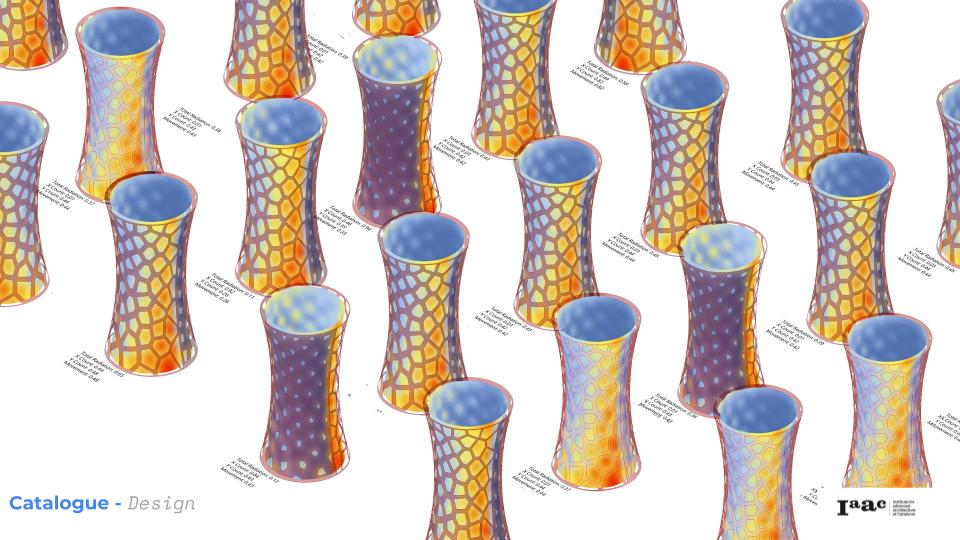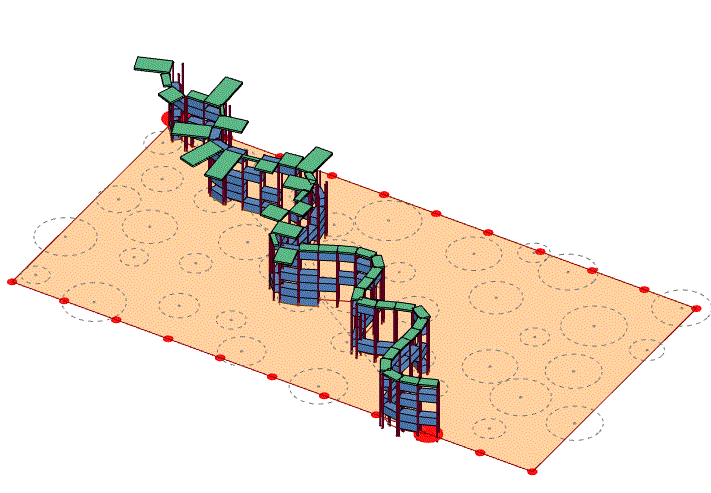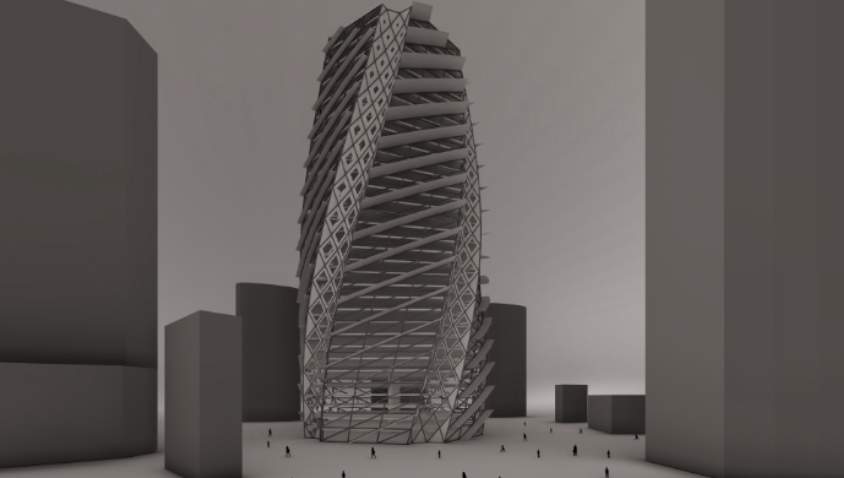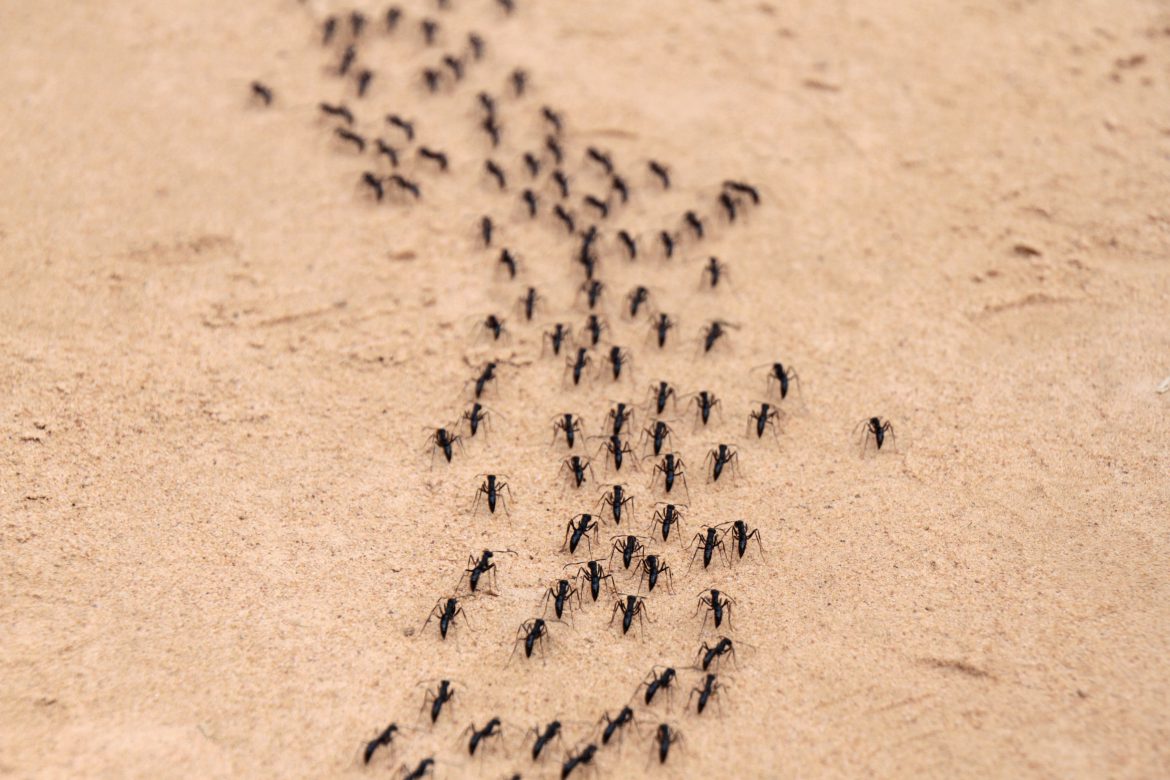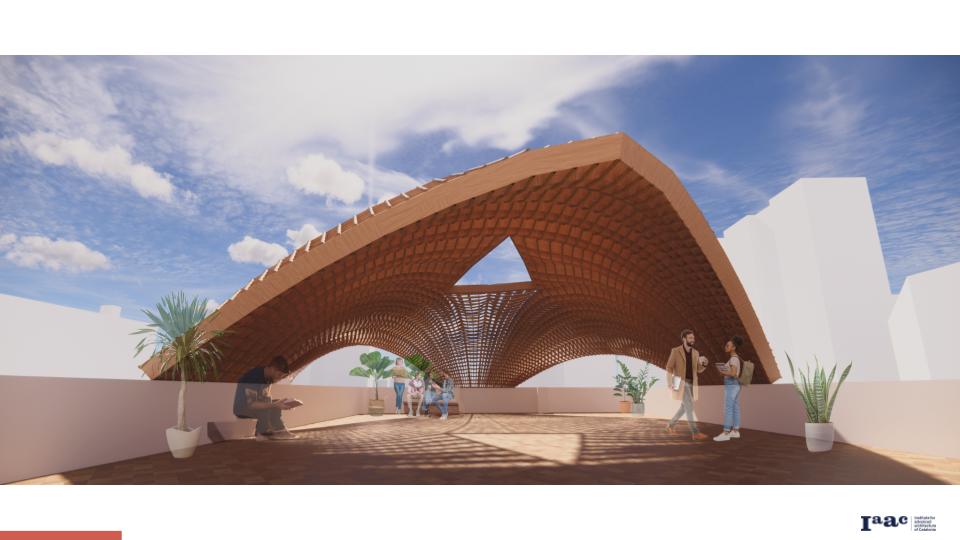Within the current global context of rapid change, integrated with the potentials of digital technologies, IAAC’s Master in Advanced Architecture (MAA) is committed to the generation of new ideas and applications for Urban Design, Self Sufficiency, Digital Manufacturing Techniques and Advanced Interaction.
In this context IAAC works with a multidisciplinary approach, facing the challenges posed by our environment and the future development of cities, architecture and buildings, through a virtuous combination of technology, biology, computational design, digital and robotic fabrication, pushing innovation beyond the boundaries of a more traditional architectural approach.
TRAILS SHADES PATHS
// COMPUTATIONAL OPTIMISATION STRATEGY // An exploration to connect entry points in a plot for means of access, in a urban setting offering shades, across visibility, optimised for trails adapting to the existing landscape DESIGN OBJECTIVES
WOOD ID mockups
Site The city of Porto Alegre in Brazil has faced recently the largest flood in the recorded history. The 2nd place happened 80 years ago across the span of 22 days. This year, this record was broken in 4 hours. As for now, only for the city of Porto Alegre, more than 242 thousand homes … Read more
TwistedTexture
Optimization process TwistedTexture is designed to minimize direct radiation on slabs and facades, optimizing energy efficiency. It uses sunshades and ventilated facades to reduce heat gain while maintaining natural light. The building blends with its surroundings, responding to Santiago’s climate. Advanced optimization algorithms explore various forms, balancing design complexity, compactness, and shading. The final configuration … Read more
ANT FORAGING PATTERNS / ANT COLONY OPTIMISATION
Ant foraging pattern is the foraging cycle of ants in which ants leave their nest to find a food source until an optimal path is found and then convey all of the food to their nest. In computer science and operations research, the ant colony optimization algorithm (ACO) is a probabilistic technique for solving computational problems which can be reduced to finding good paths … Read more
Swarm Intelligence
This project explores the application of swarm intelligence in simulating fish behavior evading predators. Utilizing computational algorithms inspired by natural swarms, the simulation aims to mimic the collective movement patterns of fish, optimizing their escape routes. By implementing principles such as repulsion, alignment, and cohesion, the model simulates the coordinated response of a fish swarm … Read more

